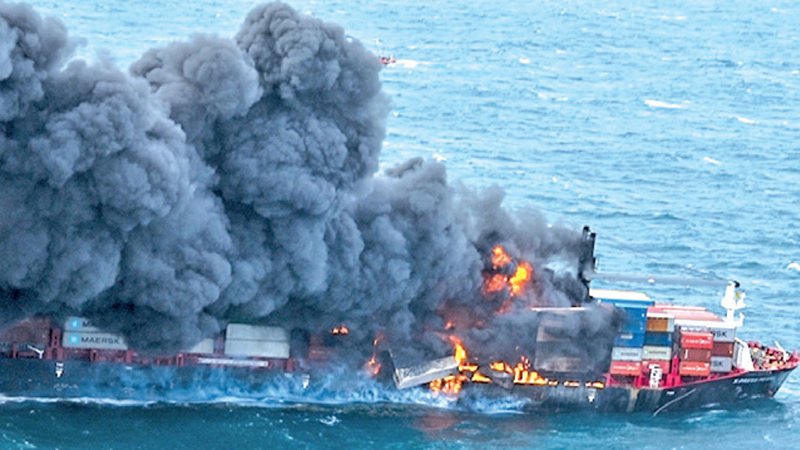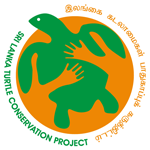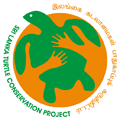
According to reports, the X-Press Pearl maritime tragedy was the worst maritime accident ever occured in Sri Lankan waters. This three-month-old container ship was registered in Singapore and it was operated by X-Press Feeders, one of the biggest feeder ship operators in the world.
The ship arrived in Colombo on 19th May and was anchored in Sri Lankan Waters at 9.5NM ( ~ 17km) northwest off Port of Colombo at a depth of 21 m. The ship reported a visible fume coming from the cargo hold on 20th May. Then the ship caught fire on 25th May following a bigger explosion. There were several explosions and the fire continued for 13 days. With government guidance, the ship was attempted to move to deep water to lessen the impacts, but this failed and resulted in its partial sinking on 2nd June at a depth of roughly 21 m. The ship was transporting 1,486 containers total, including 87 containers with 1,680 tons of plastic pellets and 348 tons of bunker oil. Other materials include nitric acid, urea fertilizer, sulfuric acid, heavy metals, ethanol, sodium hydroxide, lubricants, epoxy resins, and a number of metals, such as copper, lead, and aluminum. The huge number of sea turtle deaths was highlighted in the environmental damage posed by the X-press pearl incident. By the 23rd of July, 258 turtles, 43 dolphins, and 6 whales had been discovered dead along the coast of Sri Lanka. This incident occurred at a worse time as more turtles would be in the coastal waters during the peak of the nesting season (March to June). Additionally, this disaster took place in shallow water in close proximity to a coral reef which is rich in biodiversity. Additionally, chemical pollution and burned debris posed direct threats to the fishing industry, seafood safety, damage to fishing equipment and other assets, and a risk of exposure to fishermen. This maritime catastrophe took place in a rich fishing ground. Although larger fish may be more tolerable than smaller fish, by swallowing smaller fish and through other absorbing processes, pollutants (such as heavy metals and microplastics) would gradually build in their bodies over time bioaccumulation). For more than a month, fishing activities were prohibited along an 80 km stretch of the impacted area's shore; many fishermen almost immediately lost their primary source of income. According to Marine Environment Protection Authority (MEPA) in Sri Lanka, government employees, Sri Lankan Tri-Forces, Sri Lanka Police, NGOs, and volunteers have collaborated to carry out continuous beach cleanup activities to remove nurdles and other debris accumulated on the
Staff Name
Beneficiaries




